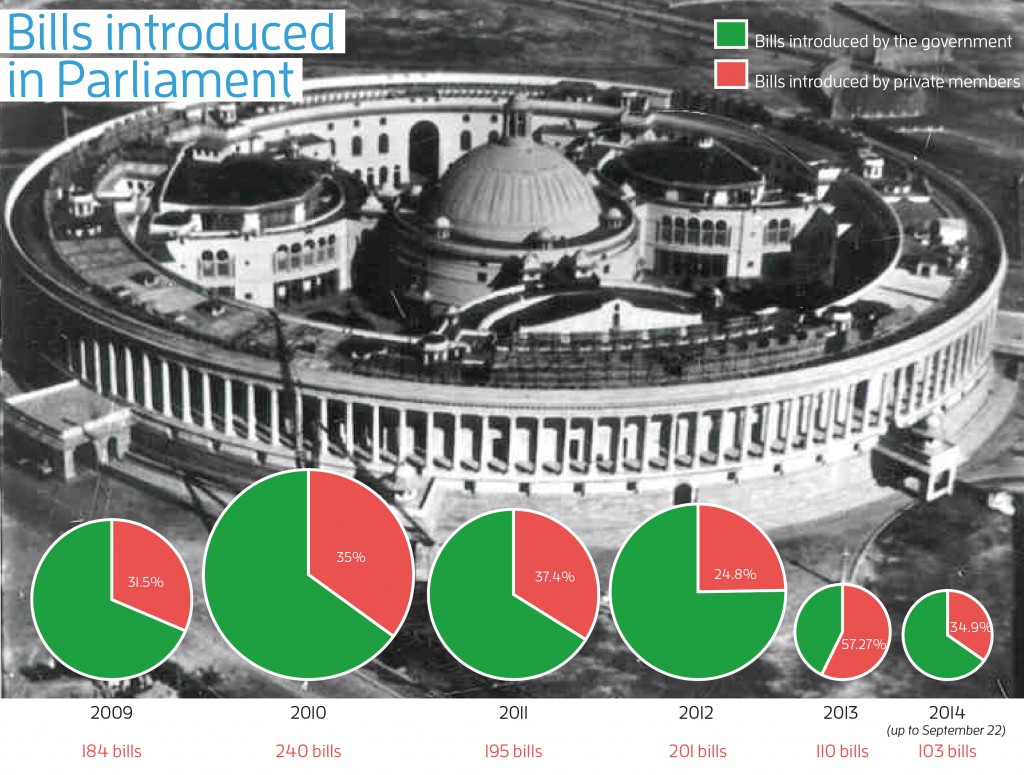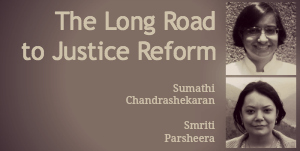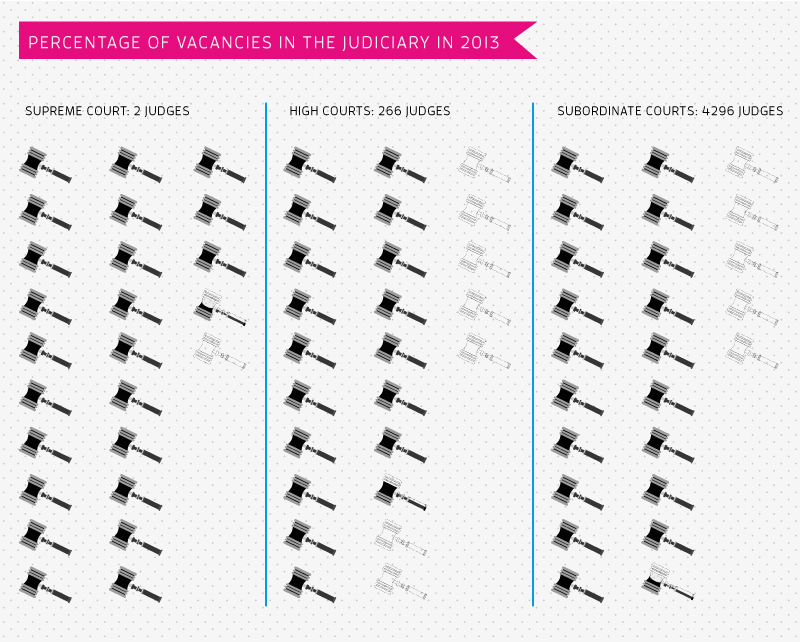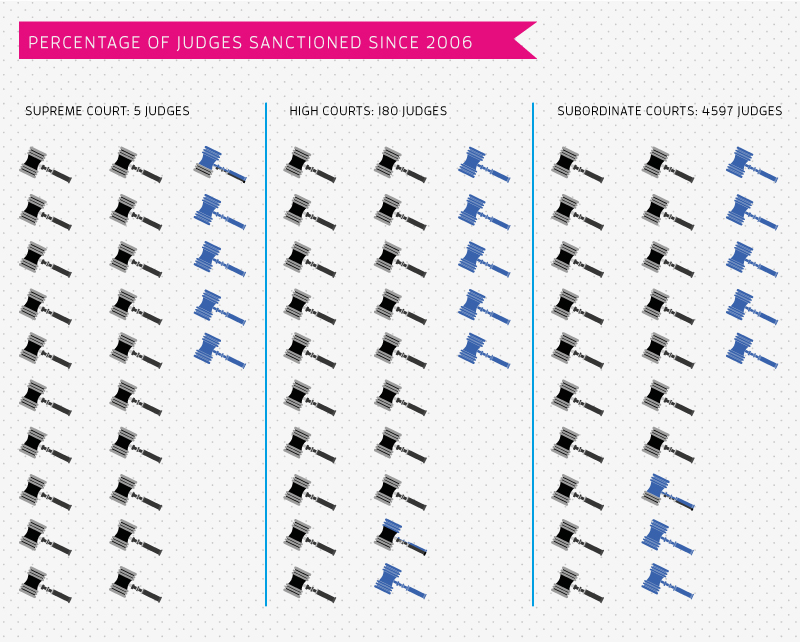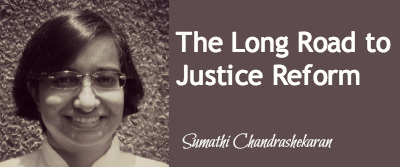 Lawmaking is at the heart of the democratic process. The number, the types, and the quality of laws made each year are significant indicators of the health of a democracy. A very large number of laws passed in a year, for instance, draw attention to the standard of parliamentary or legislative debate. An excessively detailed law on a simple subject, or a terse law on a complex subject, brings to focus, the question of delegation of powers. Too many amending laws demand an examination of the quality of the original parent legislations.
Lawmaking is at the heart of the democratic process. The number, the types, and the quality of laws made each year are significant indicators of the health of a democracy. A very large number of laws passed in a year, for instance, draw attention to the standard of parliamentary or legislative debate. An excessively detailed law on a simple subject, or a terse law on a complex subject, brings to focus, the question of delegation of powers. Too many amending laws demand an examination of the quality of the original parent legislations.
One feature of lawmaking that is only occasionally a subject of public debate in India is the effect of new laws. Studying the impact of new laws, also known as judicial impact assessment, involves estimating the additional case-load, expenditure, and other burdens that such laws are likely to impose on the judicial system.
Bills and financial memoranda
A large number of bills are introduced by the Parliament as well as the state legislatures every year. Between 2009 and 2014, an average of 172 bills were introduced in both houses of Parliament every year. Among these, the government alone introduced an average of about 60.
Not all these bills get passed, of course. Most (and practically all private member bills) remain pending. Nevertheless, these numbers indicate the enthusiasm with which legislators at the centre participate in the lawmaking process.
Bills tabled in Parliament are expected to be accompanied by three documents – a financial memorandum, a statement of objects and reasons, and a memorandum regarding the delegation of legislative powers. Under the Rules of Procedure and Conduct of Business in the Lok Sabha, financial memoranda are required to “invite particular attention to the clauses involving expenditure”, and provide “an estimate of the recurring and non-recurring expenditure” if the Bill is passed into law. In practice, however, these financial memoranda serve only as token appendices, providing little insight into the true implications on the exchequer, and no information on the effects on the populace. In effect, there is very little effort by the legislature to foresee the effect of laws they pass on the court system.
Burdensome legal provisions
A frequently-cited example of a burdensome legal provision is the law on dishonoured cheques. A 2014 report of the Law Commission of India highlighted the disproportionate number of “cheque bounce” cases under Section 138 of the Negotiable Instruments Act, 1938 pending before Indian courts between 2010 and 2012. Acknowledging that the data was error prone due to incorrect reporting, it estimated that an average of about 7.8% of cases pending before various high courts in the country during this period was due to the law on negotiable instruments.
The “avalanche of litigation” invited by Section 138, introduced in its present form by way of an amending act in 1988, was the subject of a Madras High Court decision in 2008, which observed, “Had a judicial impact assessment been made … regarding the litigation this enactment would generate and the consequent financial impact on the State, we do not know if the result would have been in favour of enacting S. 138.”
Task force on judicial impact assessment
The effect of new laws became a subject matter of discussion in a 2005 case before the Supreme Court, Salem Advocate Bar Association v. Union of India, where a report submitted to the Court suggested a radical change to the nature of financial memoranda accompanying bills. The report studied amendments to the Code of Civil Procedure and said:
“Further, there must be ‘judicial impact assessment’, as done in the United States, whenever any legislation is introduced either in Parliament or in the State Legislatures. The financial memorandum attached to each Bill must estimate not only the budgetary requirement of other staff but also the budgetary requirement for meeting the expenses of the additional cases that may arise out of the new Bill when it is passed by the legislature. The said budget must mention the number of civil and criminal cases likely to be generated by the new Act, how many Courts are necessary, how many Judges and staff are necessary and what is the infrastructure necessary.”
The report spawned a larger discussion on judicial impact assessment in India, and was followed by a full-blown Task Force on Judicial Impact Assessment, which submitted its two-volume report (see here and here) in 2008. The task force said that judicial impact assessments must be carried out scientifically to estimate the additional case-load that any new legislation (introduced in Parliament as well as state legislatures) would place on courts. It also recommended that the cost of adjudicating such cases must be estimated and adequate budgetary provisions must be made accordingly. The task force further proposed an elaborate institutional structure to project such estimates, in the form of “judicial impact offices” located all over the country, modelling it on similar arrangements in the United States. Critically, in the proposed model, the role of the judicial impact offices included a continuous assessment of the impact of laws, including by way of post-facto verification of the original estimates, once the law was passed, to understand whether the projections were exaggerated or understated.
Judicial impact assessment has its detractors, such as G Mohan Gopal. He has argued that such assessments are “a blunt, ineffective and unnecessary instrument” for two reasons: first, reliable estimates of future litigation are impossible to obtain in India, where even basic court statistics are unavailable; and second, the recognition and creation of rights should not be linked to the existence or creation of judicial system capacity. He has suggested, instead, conducting “judicial use assessments”, which could measure if people were actually using courts to enforce their rights. Arguably, judicial use assessments have already been factored in by the mechanism proposed by the 2008 task force, through the verification of data relating to the impact of new laws, after they come into existence.
Judicial impact assessments continue to bear meaning for a country facing compound problems of high pendency and understaffed courts, besides fundamental concerns of legal literacy and access to justice. Unreliability of data remains a key concern, but it is very likely that data quality will improve with subsequent iterations. Such assessments offer at least one indicator of the impact of lawmaking, which has otherwise remained a black hole for statisticians and policymakers.
(Sumathi Chandrashekaran is a lawyer working in the area of public policy.)

